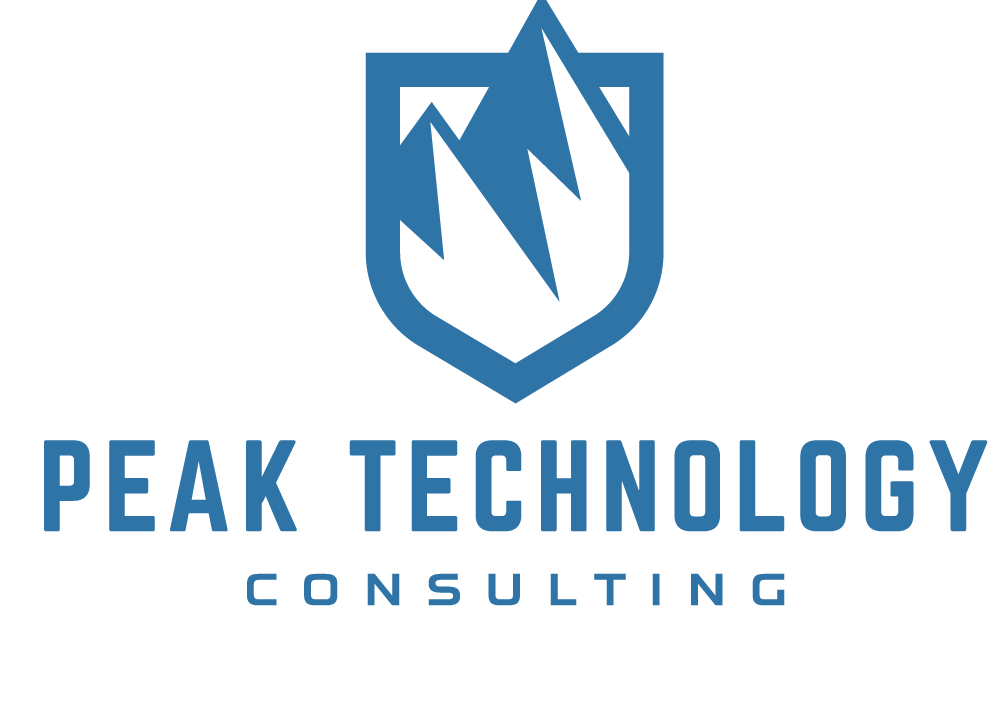Key Insights From Cybersecurity Trends and Stats for 2021
Cybercrime is a hot topic that makes news headlines and attracts the corporate world and individuals’ attention. According to the Federal Bureau of Investigation (FBI), there was a 75 percent increase in breaches since the Covid-19 health crisis started through June 2020.
On the other hand, Google reported more than 19 million phishing attempts daily. It blocked these email attacks during the onset of the coronavirus outbreak. Cybercriminals targeted businesses and individuals by impersonating prominent organizations, such as the United Nations and the World Health Organization (WHO).
These trends show a persistent rise in cybercrime activities globally in recent years. Bad actors are increasing their activities in tandem with the growing number of businesses establishing an online presence.
Hence, decision-makers need to analyze critical 2021 cybersecurity statistics. Doing so makes it easier to understand the evolution of the threats and implement robust countermeasures.
Tech experts urge companies to focus on three cybersecurity trends in 2021:
- Ransomware
- Cyberattack surface (internet of things (IoT) supply chain and remote work systems)
- Threats to IT infrastructure

A Closer Look at Cybersecurity Stats
Here is an overview of stats by type of attack and industry to give you a clearer picture of cybersecurity trends.
Malware and Ransomware Statistics
Criminals are continuing to increase the number of malware and ransomware attacks on businesses of varying sizes. If you fail to protect your business from these attack vectors, the financial cost and reputational damage can be significant. According to recent reports, organizations lost approximately $20 billion in 2020 alone.
Social Engineering Attacks
This attack vector is another problematic area with many breaches reported in 2020. Bad actors employ various techniques, including tailgating, baiting, and phishing.
Hacking Attacks
When it comes to hacking, cybercriminals were more active in 2020 than in the previous year. During the first quarter of 2020, Microsoft detected breaches of over 250 million sensitive records. Meanwhile, a Twitter account breach resulted in the loss of $130 million.
Industry-Specific Cybersecurity Statistics
Bad actors target companies in various sectors, with small businesses bearing a significant portion of the brunt. Up to 43 percent of small enterprises lack cyber defense measures to prevent attacks. Ignorance contributes to high levels of complacence by small business owners.
According to Comparitech, public companies that become victims of breaches lose approximately 8.6 percent of their value.
Healthcare
A healthcare data breach report published in the HIPAA Journal revealed that cybercriminals stole more than 9 million medical records in September 2020 alone. This figure represents a 300 percent increase when considering the monthly average in the healthcare sector.
Education Sector
A significant portion of attacks in this sector involves social engineering and ransomware. The Verizon cybersecurity report revealed that educational institutions suffered up to 228 breaches in 2020. Many employees in the sector failed phishing tests owing to the lack of cybersecurity awareness training.
Financial Services
The majority of attacks (71 percent) have a financial impact on the targeted institutions. Criminal activities result in losses of more than $18 million annually. Some attacks occur despite the presence of specialized threat detection teams. On the other hand, roughly 31 percent of employees in the financial sector failed a phishing test.
Threat Prevention
The ever-increasing variety of cyber threats require a holistic response to maximize threat prevention. Investing in advanced intrusion detection tools is vital to ensure network security. Also, consider deploying advanced malware protection measures and supplemental endpoint security to safeguard your systems.
Unlike in the past, over-reliance on perimeter security no longer provides maximum protection. For this reason, opt for advanced solutions that replace traditional antivirus programs and firewalls. Examples of advanced measures include:
- Next-generation intrusion prevention system (NGIPS)
- URL filtering
- Next-generation firewalls (NGFWs)
- Application visibility and control (AVC)
- Advanced malware protection (AMP)
These solutions play a critical role in securing the perimeter, providing robust protection against common threats. Leverage threat intelligence to enhance your cybersecurity technologies’ capabilities. A combination of visibility and protection measures makes it easier to thwart threats.
Threat intelligence helps your IT team determine whether unknown files are malicious or not. In the end, you increase the number of unknown threats that your system understands.
An additional way to improve cybersecurity measures and prevent hackers from compromising your systems is partnering with external IT service providers. Outsourcing bolsters your internal capabilities and contributes specialized technologies that enhance overall protection.
